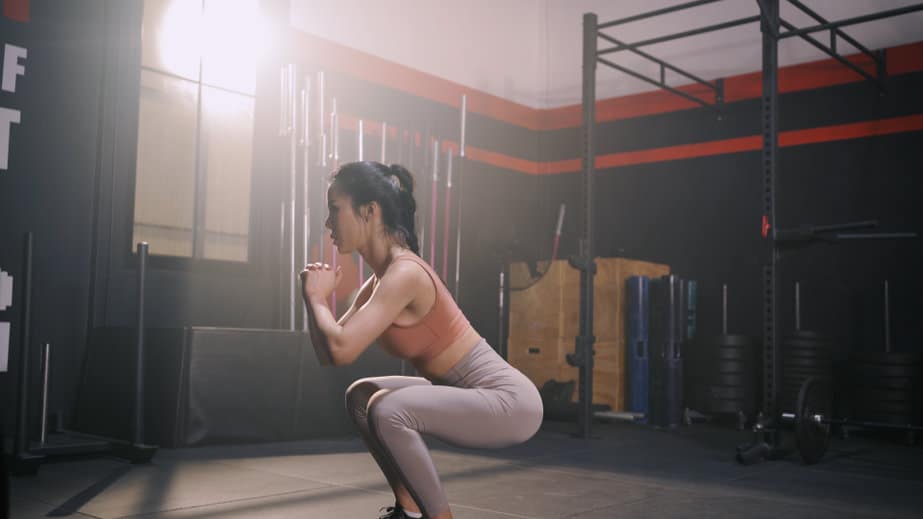By Sean Zucker –
The concept of opposites attracting is no longer only reserved for electrical charges and rom-com premises. The idea has made its way into the gym with contrast training. As an emerging workout technique quickly gaining popularity, many experts claim it more than lives up to the hype by offering the chance to boost gains from any routine.
Contrast training refers to a type of resistance training that alternates the use of heavy and light load exercises, essentially a combination of heavy lifting and plyometrics. It’s simple, a strength exercise is paired with an unresisted or lightly resisted power movement that is similar in design. A few examples are a deadlift followed by a broad jump, bench press paired with a medicine ball chest pass, or a back squat followed by squat jump.
Ultimately, the technique is intended to improve muscular power and explosiveness, while saving time. Stack, a sports related website, adds that it can produce significant and near-immediate increases in strength, speed, jump height, and upper body power. After repeated use, long-lasting improvements can be seen in strength and performance as the muscles and nervous system become accustomed to their newfound capabilities.
“For athletes and individuals with performance-based goals, it is well-established that performing both strength and plyometric training is far more effective for improving strength, power, speed, and overall performance than performing one or the other exclusively,” the National Strength and Conditioning Association (NSCA) reported. “…contrast training has become an intriguing method of combined strength and plyometric training for its well-established ability to improve a multitude of athletic qualities simultaneously,” the association added.
Men’s Health dove into the issue when it reported that contrast training is based on the theory of post-activation potentiation (PAP), which states that “the contractile history of a muscle influences the mechanical performance of subsequent muscle contractions.” In short, by performing a heavy lift prior to an explosive movement, the nervous system is supercharged to generate more gravity-defying force.
“Yes, that means that you’ll be able to jump higher, throw harder, and push off the ground more powerfully, but there are reasons to perform contrast training beyond the fleeting sensation of feeling like a superhuman,” the outlet offered before highlighting overlooked 2010 findings from the Journal of Strength and Conditioning Research.
The research seemingly confirms contrast training can trigger faster gains in sprint speed, jump height, upper body power, and strength than performing just heavy lifts or plyometrics alone or separately.
However, the NSCA does warn the protocol can be complex. It just as quickly advised individuals to fully understand the concept before trying it out themselves, ideally started off slowly to prevent any missteps that could lead to injuries.
Regardless, contrarians can rejoice. There’s now an effective workout routine to satisfy their conflictive patterns.











